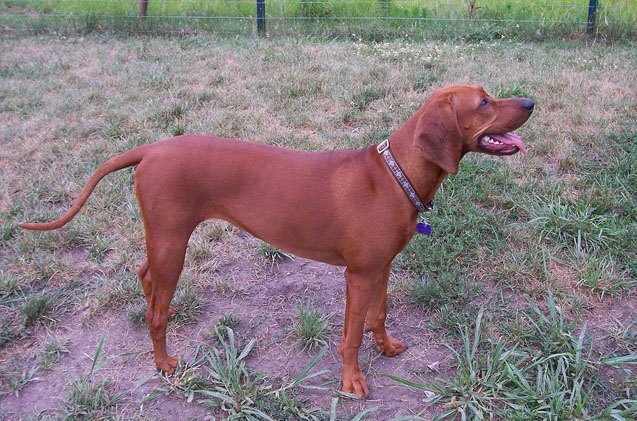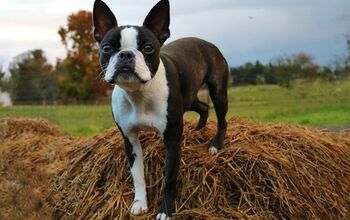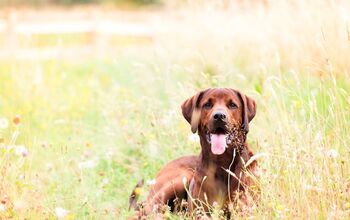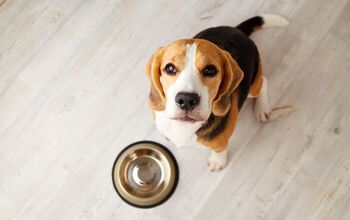Redbone Coonhound


About Redbone Coonhound
As you can tell from its name, the Redbone Coonhound is a breed made famous by hunting raccoon and a few other animals. In fact, this is what it was originally bred for, having first been an “unofficial” breed in the American south for a number of years. This was before people serious about hunting wanted not only a superior Redbone Coonhound in terms of athleticism, but in coat color and overall breed quality. The result is the modern-day Redbone Coonhound, an excellent companion for families and a dog with keen hunting instincts that have also been measured against bears and cougars.
What’s interesting about the Redbone Coonhound is just how well-suited it is for a number of households and family types. A good dog to have around children and sturdy enough to enjoy farm life and the outdoors, the Redbone Coonhound can make a highly versatile breed that brings a lot of joy to a family in so many ways.
In this brief profile of the Redbone Coonhound breed, you’ll find out all sorts of information regarding its origins, pedigree, temperament, and overall needs as a pet. The Redbone Coonhound might be just what you’re looking for.
What’s interesting about the Redbone Coonhound is just how well-suited it is for a number of households and family types.
As mentioned, the American south was the real breeding ground for the Redbone Coonhound, as smoking raccoons out of crops and big-game hunting were popular pastimes that included the use of companion and hunting dogs. The Redbone Coonhound grew out of a more generic standard of “hound” that generally was used for hunting raccoon until breeders started taking this type of dog more seriously and bred them for improved hunting abilities and overall appearance.
The result is the modern-day Redbone Coonhound, and it has been around long enough that the American Kennel Club officially recognized the breed in 1904, far ahead of many popular breeds in the United States today. The Redbone Coonhound has also seen good breeding in terms of personality and temperament, making it a very good companion and loyal friend.
Although this is a breed that can trace its roots to a number of dogs similar to the Redbone Coonhound, a direct ancestor of the Redbone is the Foxhound, a similar hunting dog that had instincts ideal for also hunting raccoons in addition to foxes. The Foxhound was bred with dogs to produce the reddish quality of the Redbone Coonhound’s coat, and since the turn of the century, the Redbone Coonhound has seen a relatively stable pedigree, aided by the aforementioned recognition of the American Kennel Club.
To go back even earlier, Redbone Coonhounds can trace their roots to Scottish dogs and red foxhounds brought over before the 19th century, though they certainly would have had a number of different qualities than the Redbone Coonhounds of today.
A strong hunting breed known for being able to take out small animals – and even large ones – this dog will enjoy fresh meat of different varieties, from poultry to beef. Meat should be mixed in with whole, nutritious food aimed at giving the dog a healthy coat and satiating its appetite.
Redbone Coonhounds take well to training, and are so versatile and athletic that they can accomplish a high variety of tasks.
Redbone Coonhounds take well to training, and are so versatile and athletic that they can accomplish a high variety of tasks. Giving them tasks to fulfill – from swimming to hunting – can help it not only feel fulfilled, but help it feel like it plays a role in your pack. Every dog should certainly feel this way about humans, but should be trained with the discipline to realize that its role is subservient to every human in the house.
Weighing 50-70 pounds, this is a sturdy, hearty breed with plenty of force behind its bark. But given its overall friendliness, that shouldn’t be a worry… unless you’re an unwelcome raccoon.
This dog is very friendly, gets along well with children, and is eager to perform tasks that it understands. When given these tasks, it can show a high level of determination and eagerness that excites owners who love the outdoors. They are great hunters and will display these strong instincts when out in the wild. This can make them a little tricky to handle around other animals, but properly socialized, this should not be a problem.
Problems with hip dysplasia affect this dog, but that is not uncommon and they have few other health problems, making them generally pleasant around veterinarians.
Your Redbone Coonhound will live around 11 to 15 years.
Capable of a lot of exercise – and indeed, they were bred that way – this is a great outdoor dog and a good companion for someone who wants to get plenty of vigorous exercise. If you’re looking for a low-maintenance dog that likes to lay around the house, this is not your breed.
This dog is very friendly, gets along well with children, and is eager to perform tasks that it understands.
The American Kennel Club echoes much of the information you find here, saying “known for its flashy red coat, the Redbone Coonhound is a versatile worker and possesses the ability to hunt and swim over a variety of terrain while still maintaining its speed and agility.”
Known for its bright reddish sheen, the coat of the Redbone Coonhound makes it very attractive for a dog known for athleticism. A light shedder, occasional brushing is really the only regular grooming you’ll need for this dog, so it’s relatively low-maintenance in that department.
Puppies should be raised not only to socialize well with people, but to get along with other animals. Because this breed has been used a lot to hunt other animals, it can have some peculiar instincts when it comes to other animals, but nothing that it should be unable to handle around a regular household.
Photo credit: Tim Chilcott; Amy Lawson/Wikimedia

Amy Tokic, Editor of PetGuide.com, is a passionate animal lover and proud pet parent of Oscar, a Shih Tzu/Chihuahua cross, and Zed, a Japanese Chin. Her love of animals began in kindergarten, when she brought her stuffed dog Snoopy into class with her every day. Now, she writes about her adventures in pet ownership and tirelessly researches products, news and health related issues she can share with other animal enthusiasts. In her free time, Amy loves perusing used book and record stores, obsessing over the latest pet products available and chasing squirrels with wild abandon (a habit attributed to spending too much time with her pooches).
More by Amy Tokic

























